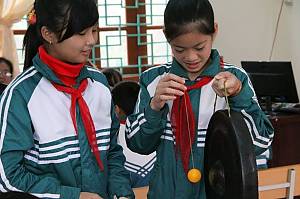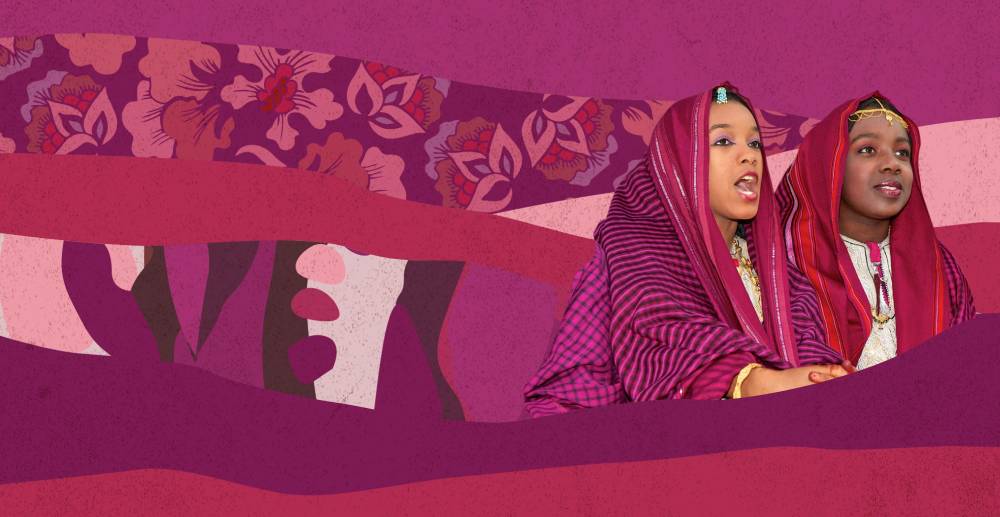
© UNESCO / VME
The programme on Safeguarding intangible cultural heritage in formal and non-formal education is a UNESCO initiative, which recognizes that:
- Education plays a key role in safeguarding intangible cultural heritage.
- Intangible cultural heritage can provide context-specific content and pedagogy for education programmes and thus act as a leverage to increase the relevance and quality of education and improve learning outcomes.
For more on the relationship between intangible heritage and education, please consult the Summary Reports 2017 2019 from the first and second intersectoral meeting ‘Integrating intangible cultural heritage in education’.
The creative process of intergenerational transmission is at the centre of intangible cultural heritage safeguarding. This is why the 2003 Convention for the Safeguarding of the Intangible Cultural Heritage refers to ‘transmission, particularly through formal and non-formal education’, as an important safeguarding measure (Article 2.3). The programme aims to better activate this important safeguarding measure.
The programme promotes learning and teaching with and about intangible heritage in education in all relevant disciplines. It contributes to several goals of the 2030 Agenda for Sustainable Development, especially sustainable development goal 4 on quality education and notably target 4.7. Integrating intangible cultural heritage in education can contribute to appreciating cultural diversity, global citizenship, learning about the contribution of culture to sustainable development and increasing educational relevance.
Programme activities are now underway in nine of UNESCO’s Field Offices where there will be close collaboration between culture and education colleagues.
For further information, contact: ICH-capacity@unesco.org
